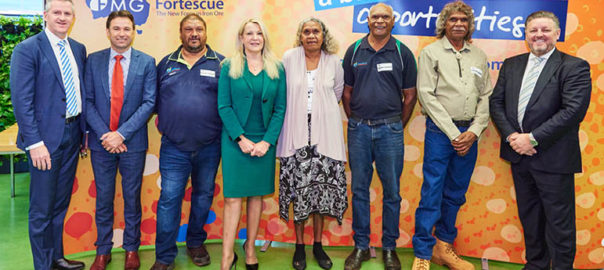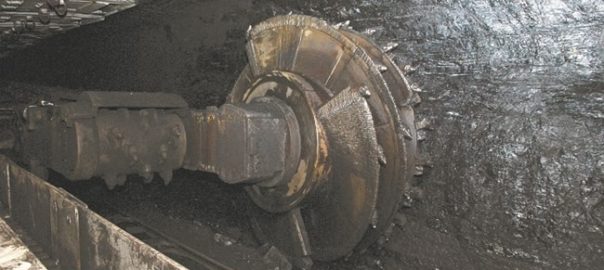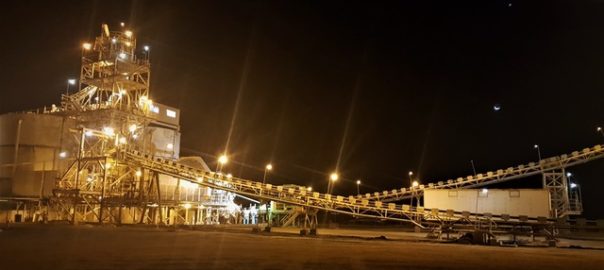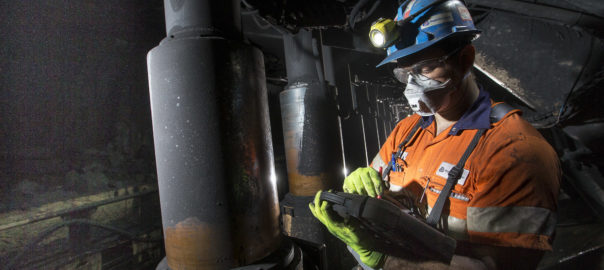Epiroc Canada and Vale Base Metals Limited subsidiary Vale Canada Limited have announced a non-binding Memorandum of Understanding to develop, test and utilise groundbreaking mining techniques and equipment to strengthen safety processes and drive innovative mining solutions while enhancing productivity.
Under the agreement, the two organisations will collaborate to apply and adapt Epiroc’s solutions in automation, electrification and digitalisation across the underground mining cycle in areas from long-hole drilling to blasting, face drilling, bolting, mucking and hauling, the OEM says.
Sarah Hoffman, Vice President Sales & Marketing at Epiroc’s Underground division, said: “We are excited about our shared commitment with Vale Base Metals to accelerate the transformation of the mining industry through innovation that will keep pushing the benchmark of safety for workers, without compromising on productivity.”
Vale Base Metals plans to use Epiroc’s technology and digital advances in underground technology to remove employees from the rock face, production drilling areas and ground support locations in support of safe and efficient mining activities. This includes remote operation of Epiroc and mixed fleet OEM equipment in isolated zones. The companies will evaluate innovative electrification technologies such as charging, equipment usage, operational efficiency, as well as potential partnerships on novel technologies with potential for more widespread application, Epiroc says.
Luke Mahony, Interim Chief Technical Officer at Vale Base Metals, said: “This partnership with Epiroc will be an important step on our journey. Safety is a central pillar of our operations so we’re excited to develop solutions that strengthen our suite of available technologies to keep workers safe and drive overall efficiencies.”













